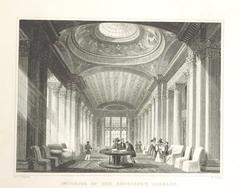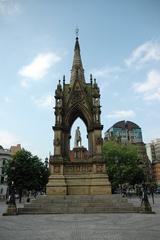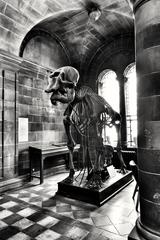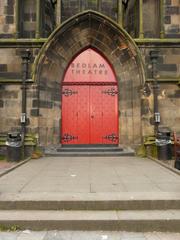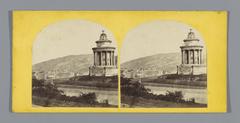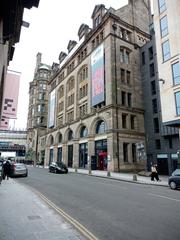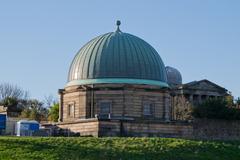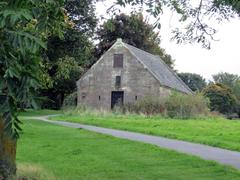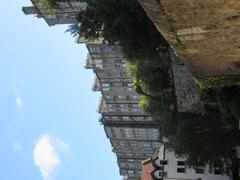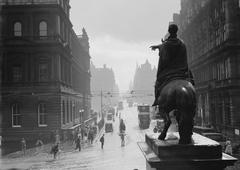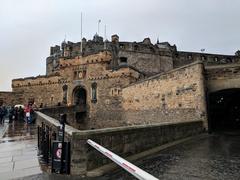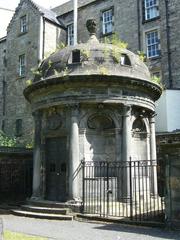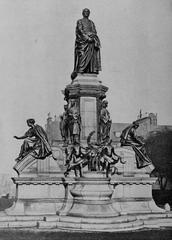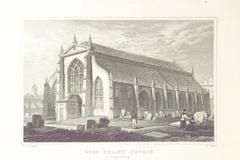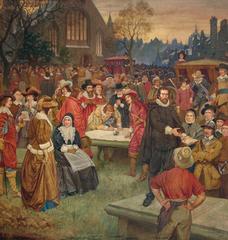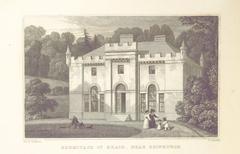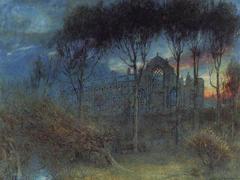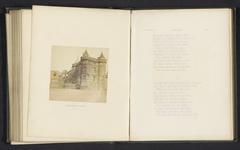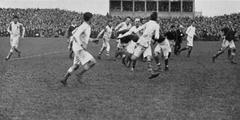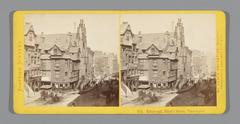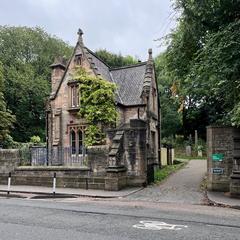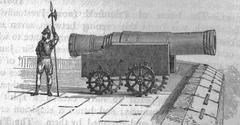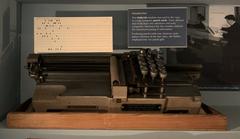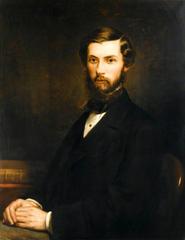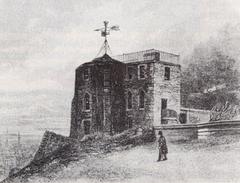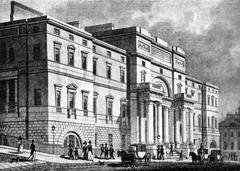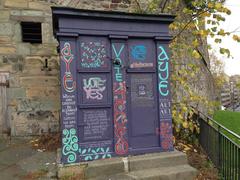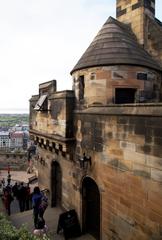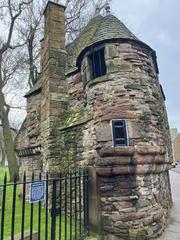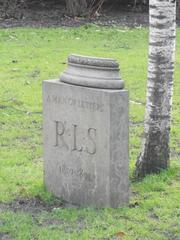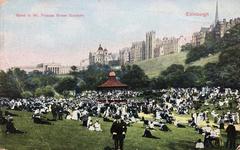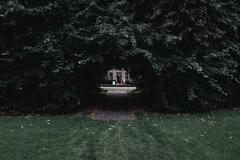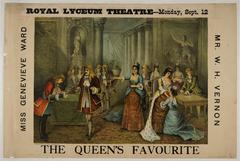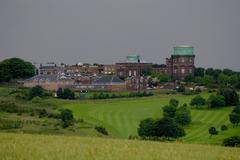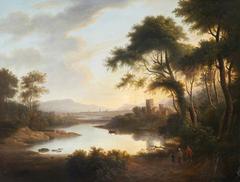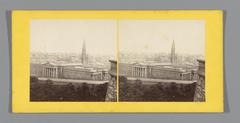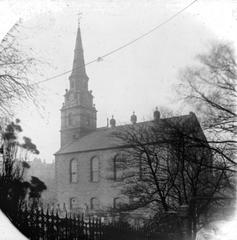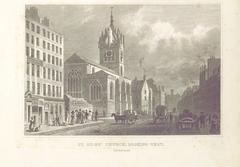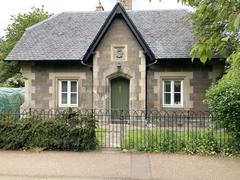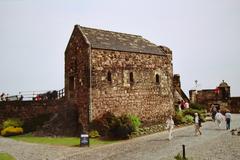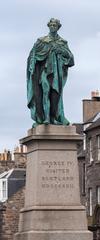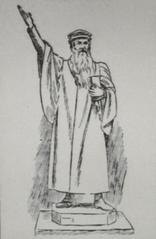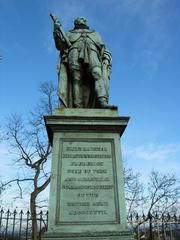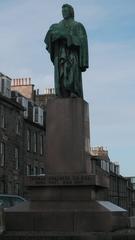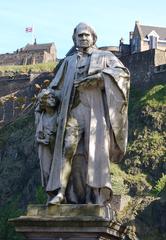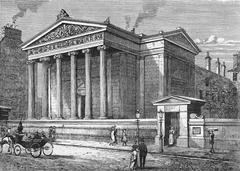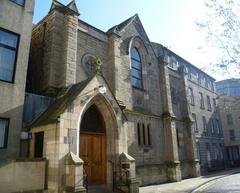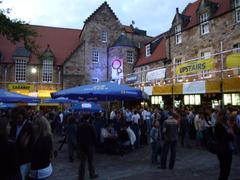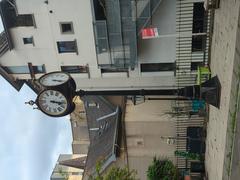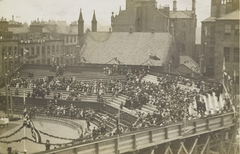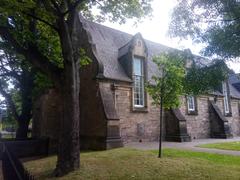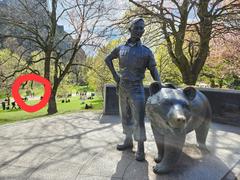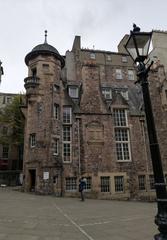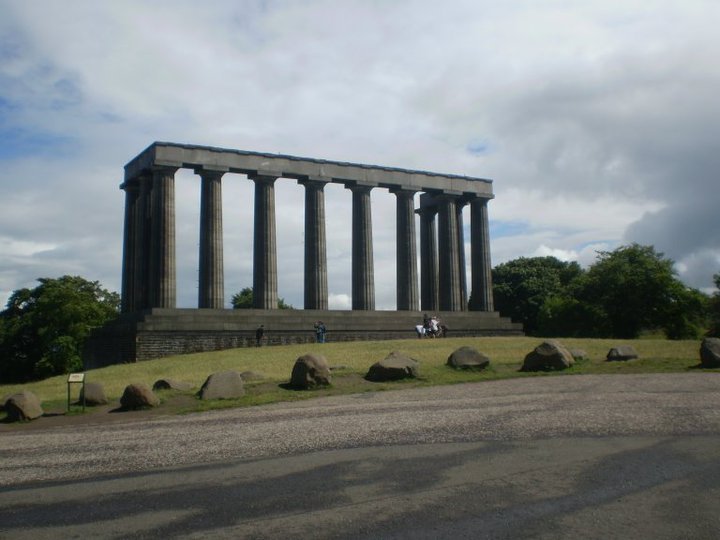
Visiting the National Monument of Scotland, Edinburgh - A Complete Guide
Publication Date: 23/07/2024
Introduction to the National Monument of Scotland
The National Monument of Scotland, perched on Calton Hill in Edinburgh, stands as an iconic yet unfinished tribute to the Scottish soldiers and sailors who perished during the Napoleonic Wars. Conceived in the early 19th century, this monument was designed by notable architects Charles Robert Cockerell and William Henry Playfair, drawing inspiration from the Parthenon in Athens, reflecting Scotland’s classical aspirations during the Enlightenment period (Historic Environment Scotland). Despite its grand vision, the project faced significant financial hurdles, leading to its incomplete state, earning it the moniker ‘Scotland’s Disgrace’ (Canmore). Nevertheless, its historical and cultural importance has not diminished. Today, it stands as a poignant reminder of Scotland’s ambitious past and serves as a popular tourist attraction offering panoramic views of Edinburgh (Edinburgh World Heritage). This guide aims to provide a comprehensive overview of the National Monument of Scotland, covering its history, architectural significance, and essential visitor information to help you make the most of your visit.
Contents
- Introduction
- History of the National Monument of Scotland
- Cultural and Historical Significance
- Preservation and Modern-Day Relevance
- Visitor Information
- Visitor Experience and Tips
- FAQ
- Conclusion
- Sources and References
History of the National Monument of Scotland
Origins and Conception
The idea for the National Monument of Scotland was conceived in the early 19th century, inspired by the Parthenon in Athens. The monument was intended to commemorate the Scottish soldiers and sailors who died fighting in the Napoleonic Wars. The initial proposal for the monument was made in 1816, and it was envisioned as a grand tribute to Scotland’s fallen heroes (Historic Environment Scotland).
Architectural Design and Influences
The design of the National Monument was the work of Charles Robert Cockerell and William Henry Playfair, two prominent architects of the time. Their vision was to create a structure that mirrored the grandeur and classical beauty of the Parthenon. The design featured a series of Doric columns, a common element in Greek architecture, symbolizing strength and stability. The choice of the Parthenon as a model was not merely aesthetic; it was also a statement of Scotland’s cultural and intellectual aspirations during the Enlightenment period (Edinburgh World Heritage).
Construction and Financial Challenges
Construction of the National Monument began in 1826, with the foundation stone laid in a grand ceremony attended by dignitaries and the public. However, the project soon encountered significant financial difficulties. The initial budget was grossly underestimated, and despite various fundraising efforts, including public subscriptions and government grants, the funds were insufficient to complete the monument. By 1829, only twelve columns had been erected, and construction came to a halt due to the lack of funds (Canmore).
Public Perception and Criticism
The incomplete state of the National Monument quickly became a subject of public ridicule and criticism. It was derisively nicknamed “Scotland’s Disgrace” or “Edinburgh’s Folly,” reflecting the disappointment and frustration of the public. The monument’s unfinished state was seen as a symbol of failed ambition and mismanagement. Despite these criticisms, the monument also garnered a sense of romanticism and curiosity, becoming a unique landmark in Edinburgh’s skyline (The Scotsman).
Attempts at Completion
Over the years, there have been several attempts to complete the National Monument, but none have come to fruition. In the late 19th and early 20th centuries, various proposals were made to finish the structure, including transforming it into a national gallery or a war memorial. However, these plans were either abandoned due to financial constraints or met with public opposition. The monument remains incomplete to this day, standing as a testament to both ambition and the challenges of large-scale public projects (Edinburgh City Council).
Cultural and Historical Significance
Despite its incomplete state, the National Monument holds significant cultural and historical value. It serves as a poignant reminder of Scotland’s contributions to the Napoleonic Wars and the sacrifices made by its soldiers and sailors. The monument also reflects the aspirations and challenges of the early 19th century, a period marked by both intellectual flourishing and economic difficulties. Today, it is an integral part of Edinburgh’s heritage, attracting tourists and locals who are drawn to its historical narrative and architectural beauty (Visit Scotland).
Preservation and Modern-Day Relevance
In recent years, efforts have been made to preserve the National Monument and enhance its accessibility to the public. The monument is part of the Calton Hill area, which has been designated as a UNESCO World Heritage Site. Preservation efforts focus on maintaining the structural integrity of the existing columns and ensuring that the site remains safe for visitors. The monument continues to be a popular spot for tourists, offering panoramic views of Edinburgh and serving as a backdrop for various cultural events and activities (UNESCO).
Visitor Information
Visiting Hours and Tickets
The National Monument of Scotland is open to the public year-round. There are no entrance fees, making it an accessible attraction for everyone. However, it is advisable to check the official Edinburgh City Council website for any updates on visiting hours or special events that might affect access.
Guided Tours and Special Events
While there are no official guided tours specifically for the National Monument, visitors can benefit from guided tours of Calton Hill, which include detailed information about the monument and other historical sites in the area. Special events, such as cultural festivals and historical reenactments, occasionally take place on Calton Hill, offering unique experiences for visitors.
Visitor Experience and Tips
Accessibility
The monument is easily accessible from Edinburgh’s city center, with a short walk up Calton Hill providing stunning views of the city.
Best Time to Visit
The best time to visit is during the early morning or late afternoon, when the light enhances the beauty of the columns and the surrounding landscape.
Nearby Attractions
Explore the surrounding area, which includes other notable landmarks such as the Nelson Monument, the Dugald Stewart Monument, and the City Observatory.
Comfortable Shoes
Wear comfortable shoes, as the walk up Calton Hill can be steep in places.
Photography
The monument and its surroundings offer excellent photographic opportunities, particularly at sunrise and sunset.
FAQ
What are the opening hours for the National Monument of Scotland?
The National Monument is open to the public year-round. It is advisable to check for any updates on the official Edinburgh City Council website.
How much are tickets to the National Monument of Scotland?
There are no entrance fees for visiting the National Monument of Scotland.
Are there guided tours available?
While there are no official guided tours specifically for the National Monument, guided tours of Calton Hill, which include the monument, are available.
What other attractions are nearby?
Nearby attractions include the Nelson Monument, the Dugald Stewart Monument, and panoramic views of Edinburgh.
Conclusion
The National Monument of Scotland, despite its incomplete state, remains a powerful symbol of Scotland’s historical and cultural heritage. Its story is one of ambition, challenge, and enduring significance, making it a must-visit destination for those interested in the rich tapestry of Scotland’s past. For more information and updates, be sure to visit the official websites and follow related social media channels.
Sources and References
- Historic Environment Scotland. https://www.historicenvironment.scot/
- Canmore. https://canmore.org.uk/
- Edinburgh World Heritage. https://ewh.org.uk/
- Visit Scotland. https://www.visitscotland.com/
- The Scotsman. https://www.scotsman.com/
- UNESCO. https://whc.unesco.org/
- Edinburgh City Council. https://www.edinburgh.gov.uk/


